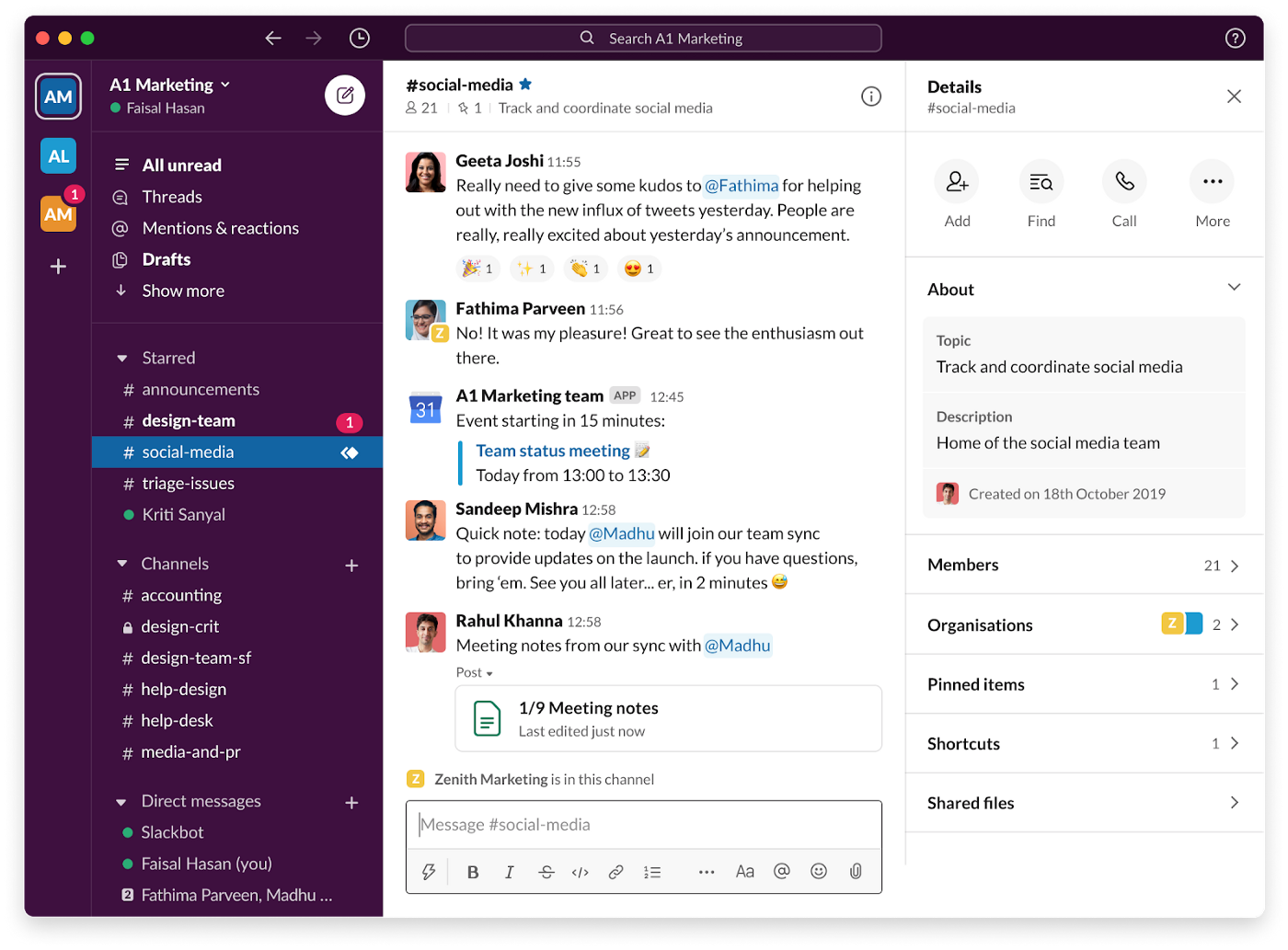We’re all collaborating from a distance
Sometimes, unexpected new circumstances have a silver lining: in this case, learning how to adapt as a team and exploring new tools. Here are five tools to stay in sync, keeping teamwork and decision-making efforts on track.
“We can do this!”
Picture it: you and your team were nearing the finish line for a project you’ve been pouring your hearts into, day in and day out, for the last eight months.
Now, you’re working from home for the foreseeable future.
Sometimes, unexpected new circumstances have a silver lining: in this case, learning how to adapt as a team and exploring new tools. You’re bringing curiosity, creativity and a willingness to grow to the table.
Still, virtual collaboration might feel like a somewhat foreign concept. As you’re figuring out how to retrofit your role for a remote environment, you’re also finding the best ways for your team to meet looming deadlines.
As it turns out, brainstorming doesn’t require sharpies and whiteboards. Here are five tools to stay in sync, keeping teamwork and decision-making efforts on track.
Video meeting platform
Video meetings have quickly become the new alternative to synchronous face-to-face meetings. (We happen to know a little about this space. 😉) Features like screen-sharing, recording, real-time chat, emoji reactions for quick feedback, and extra large meeting rooms enable you to gather your whole team in one ‘room’ to continue business as usual.
Team chat

The go-tos for work-related messaging like Slack and Twist from Todoist enable the continuous flow of information. You know the drill: share your files, provide updates and make quick decisions in one spot, eliminating the need to search through thousands of emails for the green light for the latest approved draft. The transparency of open discussions visible to the whole team is critical when everyone is sitting at home
Document sharing and collaboration tools
With everyone working from home, sharing files is a necessity. Cloud-based tools like G-Suite, Dropbox, and OneDrive make that both accessible and affordable. You can even take things a step further and record narrated walk-throughs on documents and presentations using programs like Loom.
(Note: the draft for this blog was shared from Italy to colleagues in Israel, Norway, and the United States!)

Privacy remains a top priority for us all, and these tools enable greater security through access controls and encryption settings to keep your sensitive data and files protected.
Project management and tracking
If you weren’t already using a project management tool like Asana, Basecamp, Todoist or Trello, there’s no better time to explore them. Your team can communicate, track project statuses, collaborate, and share ideas. With Trello you can open boards inside Whereby meetings, and everyone can interact with it by adding and moving cards, or voting — great for workshops! (This might change how you work if you wind up returning to a physical office.)

Virtual brainstorming
Brainstorming has evolved into something much more than a team gathered in a conference room, sharing the first thoughts that pop into their heads. Enter the virtual brainstorming session. These remote meetings have all the characteristics of a typical in-person brainstorm session (whiteboard included). However, the possibilities and outcomes from this type of virtual collaboration include more than just scribbled text, and it can be done from the comfort of your own home. Brainstorming now includes sharing files, videos, screenshots, and more in a single collaboration hub like Miro or Mural. Ideas are shared in real-time as if you were collaborating in the same room.

…of course, it’s not *exactly* like real life! 😄

We’re thankful that meaningful collaboration and transparent communication are possible thanks to technologies (and the teams behind them!) that keep us all working side-by-side, only from home.





